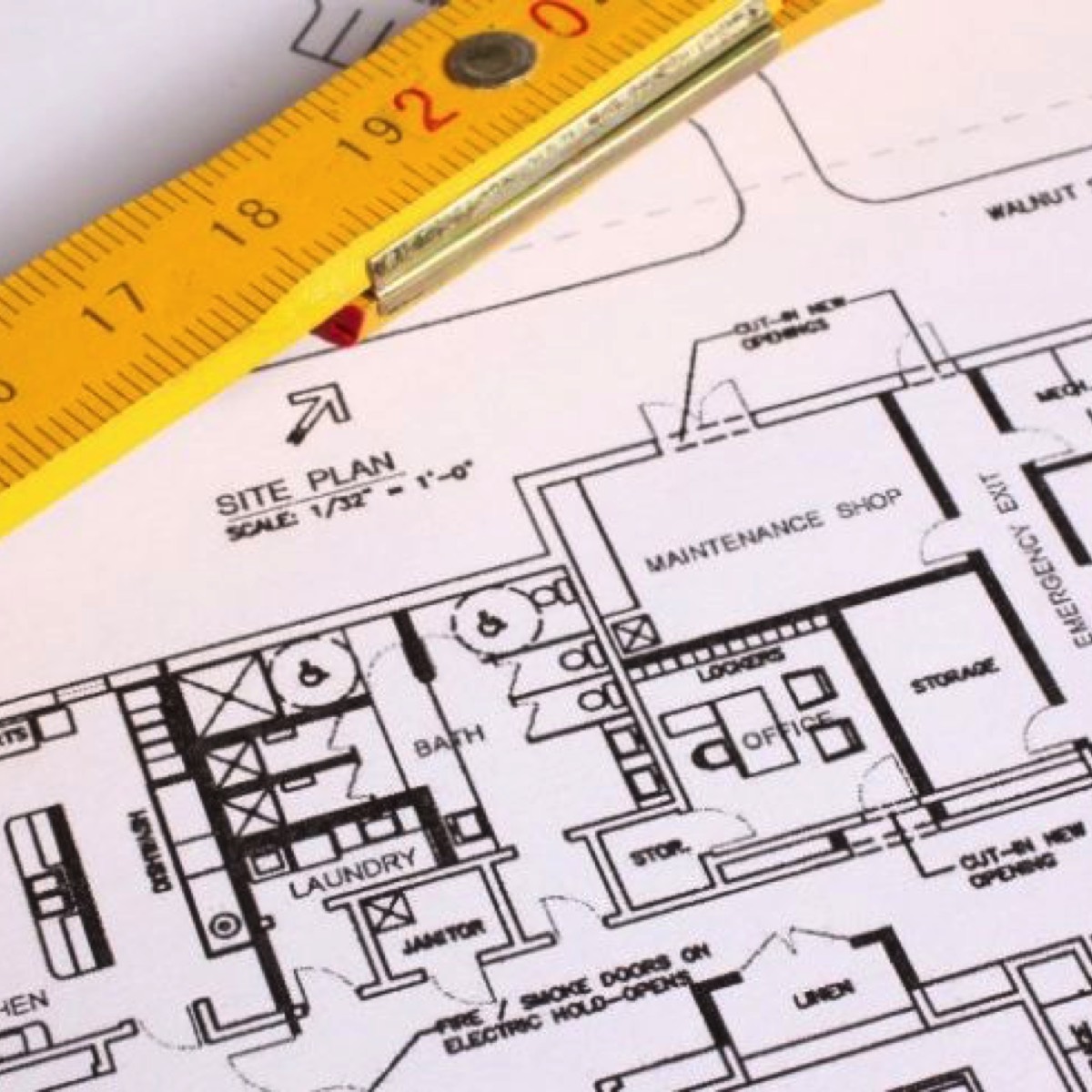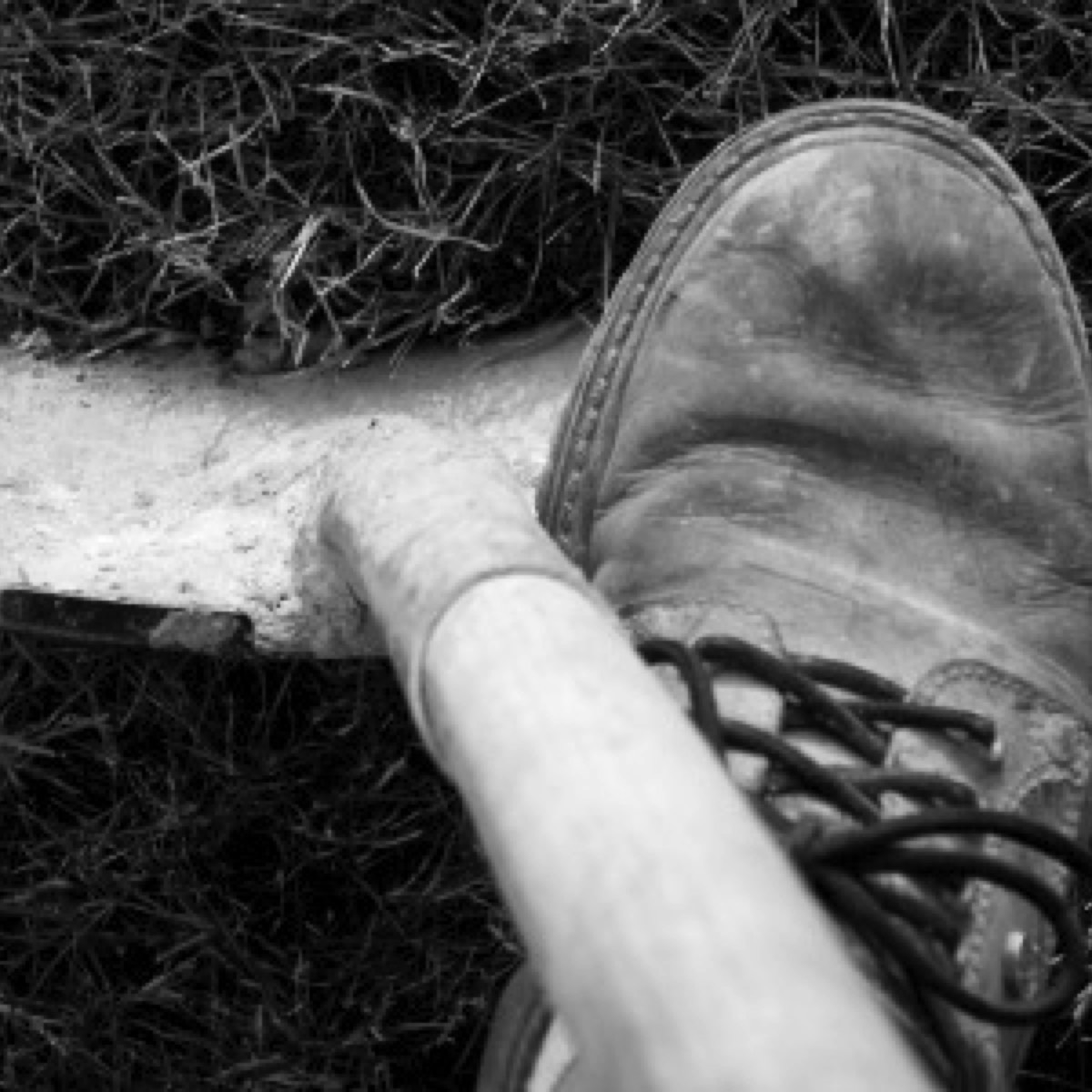All Need To Know About Drainage When Building An Extension

Drainage and Your Extension
Foul Water drainage system
The purpose of a Foul Water Drainage System is to convey the waste effluent from your new extension to the local sewage works as quickly and efficiently as possible.
It is vital, therefore, that your builder gets the whole process installed correctly.
If he doesn't, further down the line, it could be you donning a pair of Marigolds, placing a peg on your nose and putting your arm in places it never should go. You don't want to be doing that if you can possibly avoid it.
Configuration of Drains
The foul water drainage system takes all the waste from you sink, toilet, shower, bath, dishwasher and washing machine.
It discharges it into the Local Authority sewers and then to the treatment works.
Surface water drainage systems collect all the rain water from you gutters and downpipes.
In older houses, the surface water is often discharged into the foul water system, but these days Local Authorities will stipulate that wherever possible, separate foul water and surface water systems are to be used.
This is not a bureaucratic foible of the men with clipboards. In fact, it has a very important function in that, by separating the foul and surface systems, you are not treating large volumes of water unnecessarily.
The surface water is diverted to the nearest watercourse, that being the canal round the back of Costcutters with the pram in it.
So sometimes it is possible to see surface water being discharged into the foul system, but it is certainly not permissible to do the reverse.
Should you see your builder doing this, execute him immediately.
Drainage Differences
Another way in which the foul water drainage system differs from the surface water equivalent is that it is sealed at one end by a water filled trap or U-bend which keeps nasty smells at bay, but allows waste materials and solids to enter the drainage system.
The clever old Victorians discovered this and in doing so, they virtually eradicated typhoid and cholera overnight.
Which was nice.
But then they discovered that siphonage could be a problem in a moving sealed system, so they worked out that if they allowed air into the system, it functioned perfectly well. Vent pipes, anti-siphon traps and air admittance valves are for another day though.....
The outlines of your new drainage system will be illustrated on your drawings which will have been prepared by your architect.
He will have come up with these following site inspections, but remember that he can’t actually see underground and the drawings are of what he expects or supposes is down there.
He might not have even lifted a manhole cover for fear of splashing his wing cap Brogues - they're £120 a pair you know.
If anything differs significantly from what is expected drainage wise, then your builder should contact the Building Inspector and/or the architect and together they will discuss the best solution.
Any significant alterations will inevitably have financial implications for you so try and be party to these conversations so that you understand what's going on and the layout of your system - it may come in very handy in the future.
For all job costs click on the appropriate section below:
www.buildingsheriff.com
Copyright The Building Sheriff Ltd 2019


